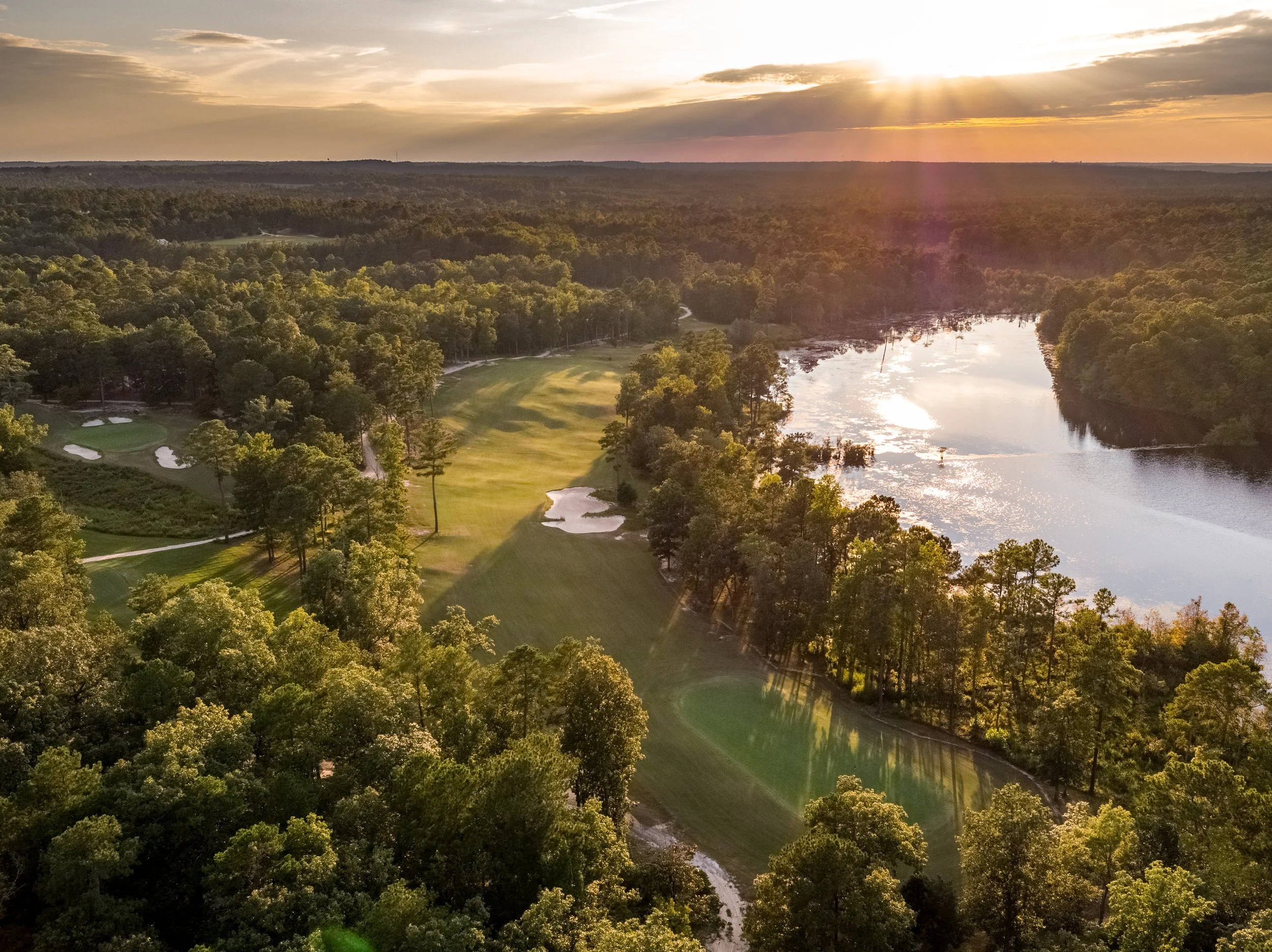Shorter Turf, Higher Expectations: How golf course agronomy has changed in the past 20 years
By Billy Lewis, Dormie Club Superintendent
It’s hard to believe it’s 2020—seems like only yesterday that we were fearful of what Y2K was going to do to the world’s computer systems. Fortunately, Y2K came and went without any catastrophic impact on our lives, and the good news is that during those twenty years there were a lot of new technologies and science that made our lives better.
Our industry has changed dramatically over the last twenty years with new machines, fungicides, and technology. Green speeds as high as 14 on the Stimpmeter were all but unheard of back then, and nobody dared mow greens at the height of cuts we are using today. Times have really changed and here’s how we did it in the turf industry.
Greens mowers with floating heads and micro-thin bed knives changed the way we mow greens and allowed superintendents to achieve cutting heights that were never before imagined. The mowing heights for greens in the 1960s on average were as high as a quarter of an inch. Go back and watch some of the “Shell’s Wonderful World of Golf” shows and you can see balls decelerate quickly and bounce quite a bit. Today, Ultra-Dwarf Bermuda greens are cut as low as seventy thousandths. Incredible changes to equipment and turf cultivars have resulted in the speeds we see today on golf greens. A croquet court has higher speeds today than many golf greens did twenty years ago. That’s amazing!
New varieties of Bermuda grass and bentgrass with more upright growing habits allowed us to utilize those mowing heights. While some of the early versions of Ultra-Dwarf Bermuda grasses were developed before the year 2000, there have been many new entries into the market since. There are also new cultivars of Zoysia grass being used on greens in recent years. Who would have ever predicted the use of coarse bladed Zoysia grass being used on putting greens? That’s a result of some amazing research going on at universities across the country like North Carolina State University, Penn State University, and Rutgers University, just to name a few.
Advancements in machinery have also made a big difference in the last twenty years in turf maintenance. The Air2G2 machine, which we use a lot at Dormie Club, has been a great invention as it fractures the soil below the surface and directly injects oxygen into the soil to help the plant survive stress. The Air2G2 is probably one of the best inventions the last twenty years. Another great tool is the Toro ProCore 648 greens aerifier. The 648 ProCore increased production while aerifying greens and moved the wheels outside the aerified area, which made removing the plugs much more efficient. An attachment for that machine also allows us to remove the plugs from the putting surface during the aerification process, which reduces labor and speeds up the process. Another exciting opportunity came to us at Dormie Club in 2019 when we were chosen to operate one of the world’s first autonomous fairway mowers. The mower is trained using GPS software and it mows without an operator on the unit. This technology will allow one operator to utilize 2–3 units at one time and will help reduce labor. The autonomous fairway unit always mows a straight line and will allow us to mow fairways accurately even after the dew has gone away, when it is very hard to see where you just mowed.
Air2G2 oxygen injector; Toro ProCore 648 green aerifier
Moisture meters have changed the way we manage turf. Instead of using old-school techniques and basic experience, we can now accurately measure the moisture level in the soil. With our bentgrass greens, it is important to know the moisture levels in the top two inches of the soil, which allows us to keep them alive without over-watering. We can now go out and set greens up in the morning with accuracy to reduce wilt and loss of turf. The use of drones is also entering the turf market, used for mapping, identifying turf health on a broad scale, and for drought management.
The science used in creating new fungicides and turf health products has exploded with many new chemistries available, which allows us to reduce the amount of product applied to receive the same result while reducing environmental impact. The newer formulations are broad-spectrum applications and control multiple diseases or weeds with one application. Many of the new formulations are applied at an ounce or less per acre. Think about that for a minute.
I could go on and on about advancements in the turf industry. With increased condition expectations from players, it is highly important that we keep up with the demands utilizing new techniques, technologies, and science. Without it we would still be putting on greens rolling a seven on the Stimpmeter and golf may not be what it is today.
I have to say that I like today’s golf, even if it does make meeting those demands a little tougher. It sure is rewarding though when you produce an excellent product. Dormie Network is committed to using the best products and the latest technology available to provide the best playing conditions possible for our members. Our superintendents have access to all the leading-edge products available today.
Here’s to a successful 2020 for us all.











